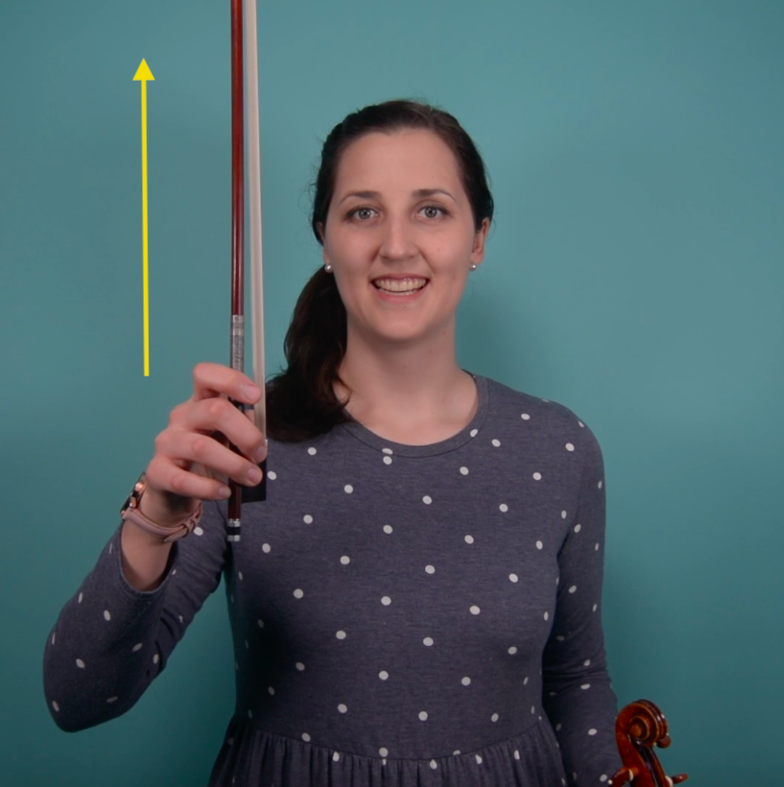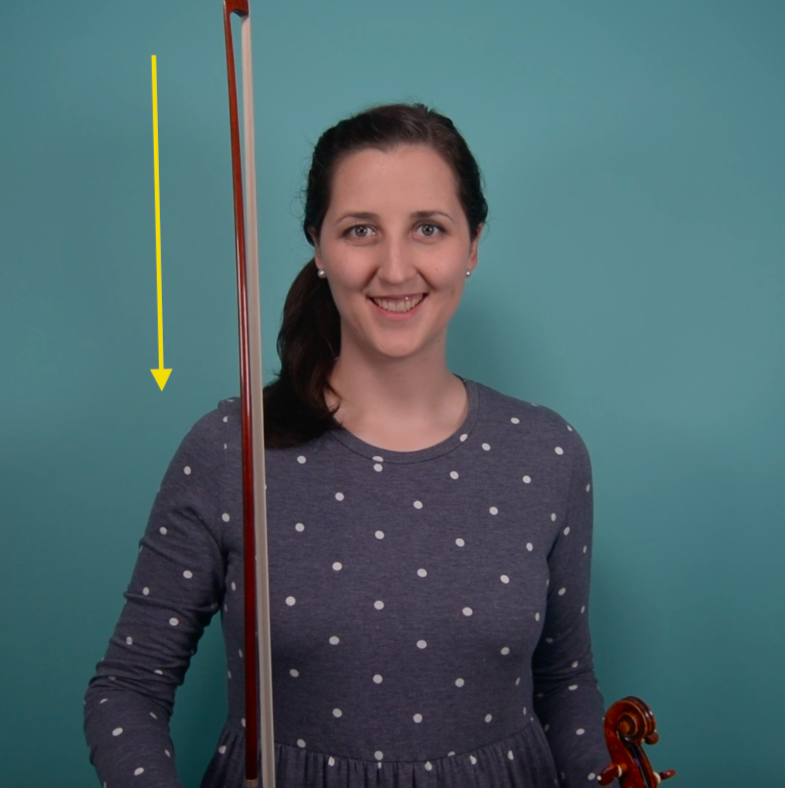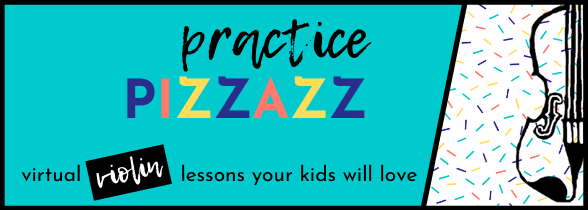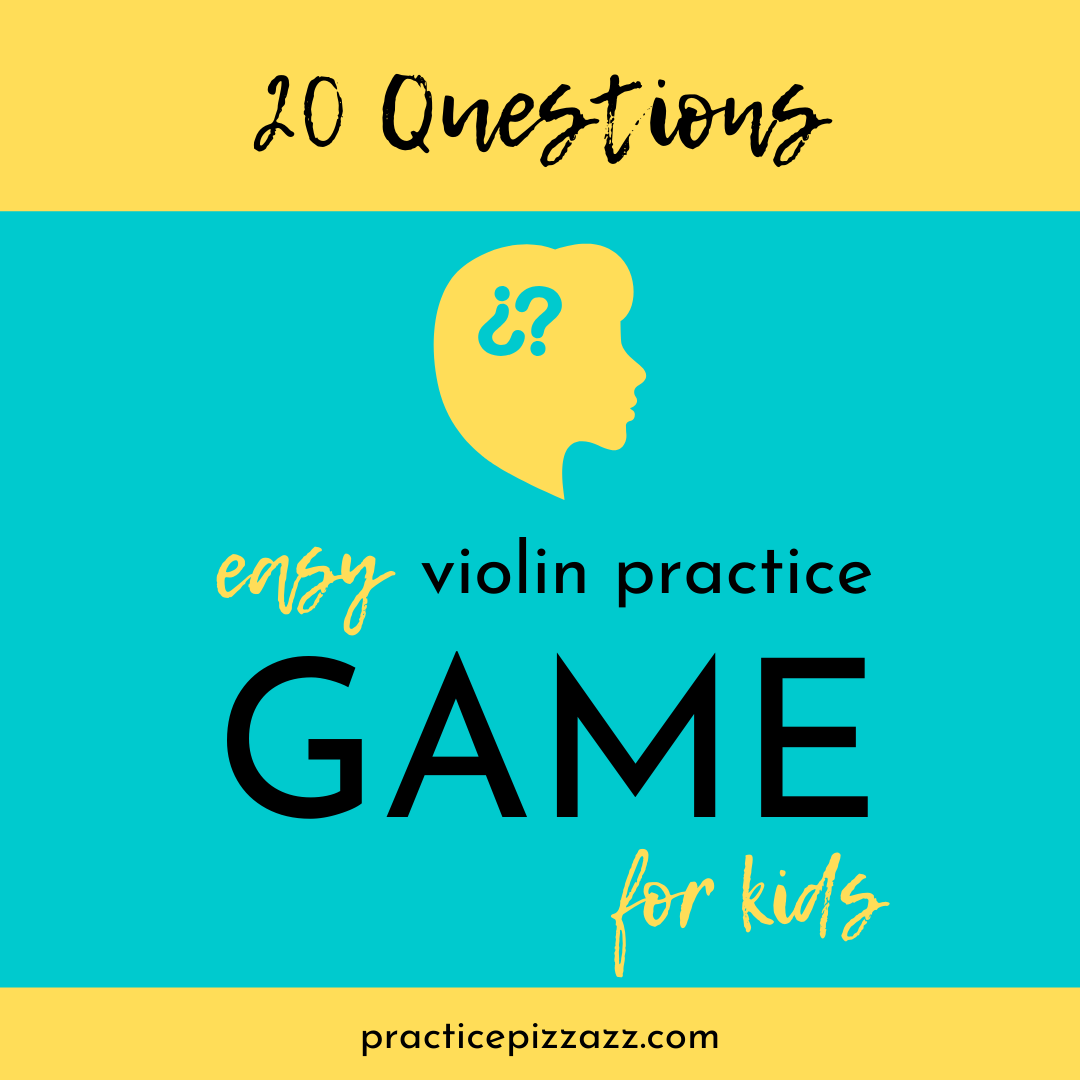To create this practice game, I hearkened back to yesteryear, to the days I spent torturing my brother.
When we used to play 20 Questions on car rides when we were kids, if I could sense he was getting close to finding the answer, I would change my answer to something oddly specific. If the category was sea creatures and I had originally chosen an octopus, I would quickly decide the real answer was an orange octopus wearing a hand-knit sweater, or something ridiculous like that.
My brother is long suffering.
(If you want to read more about what a stinker I was as a kid, read the About Me page.)
This practice game is a musical, hands-on version of 20 Questions for parents and kids to play during violin practice.
And if your violinist wants to cheat like I did, then they just get more practice time in!
This game works with any piece of music, but I like it best for practicing scales (especially since practicing scales on the violin can get tedious quickly–but you didn’t hear that from me).

Read about the original rules of 20 Questions if you’ve blocked your childhood memories of being cooped up in a car or waiting in the doctor’s office.
Use this violin practice game on days when you need a quick win. This violin practice version of 20 Questions takes no extra materials and fills practice time productively. It might stretch out practicing scales by a few minutes, but the attitude shift is always worth a few extra minutes.
Let your violinist take the lead in how long you play this game. If they’re still having fun after ten minutes and want to play another round, keep playing along!
Here’s how to play this practice game:
Targeted techniques:
- Up-bow and down-bow recognition
- Bow strokes
- Listening comprehension
Materials needed:
- None
How to play:
- The parent and child together choose a category. The category can be anything: fruits, vegetables, zoo animals, sea creatures, holidays, constellations, extended family members, etc.
Tip: You might want to play a few rounds to get a feel for what level of difficulty to go for since an easy answer means only a few notes of a scale get played.
- The violinist silently chooses an object within the category.
- The parent asks one question at a time, and the violinist answers one note at a time. If the violinist is practicing a one-octave scale with a repeated top note, the parent gets 16 questions to ask.
An up bow means yes:

A down bow means no:

4. The parent keeps asking questions and getting up-bow or down-bow answers until they correctly guess what the violinist is thinking of.
Tip: Remember that the violinist should still use good technique while playing. They should keep bows beautiful and on the string for a clean sound.

Try these variations:
1 person
(This game needs two players: someone to play the violin and someone to guess.)
2 people
Follow the instructions given.
Group
One leader thinks of the answer, then each violinist gets a turn to ask a question. Remember, no talking other than one question per person. The leader answers with one bow (either up or down), then lets the next child ask a question. The kids will get really good at quickly recognizing up bows and down bows.
Beginner
Follow the instructions given.
Intermediate
- Try this game with a 2-octave scale.
- Or try with very short bows so the parent has to watch the bow direction very carefully.
- Or decide that playing all the notes going up the scale means yes, and playing all the notes going down the scale means no.
Advanced
Try this with arpeggios instead of scales; there are fewer chances to ask questions.
Ninja
Choose an advanced bow stroke. If you’re really up for a challenge, try ricochet.

Leave me a comment below if you’re excited to try this violin practice game and if you have ideas for other variations!




